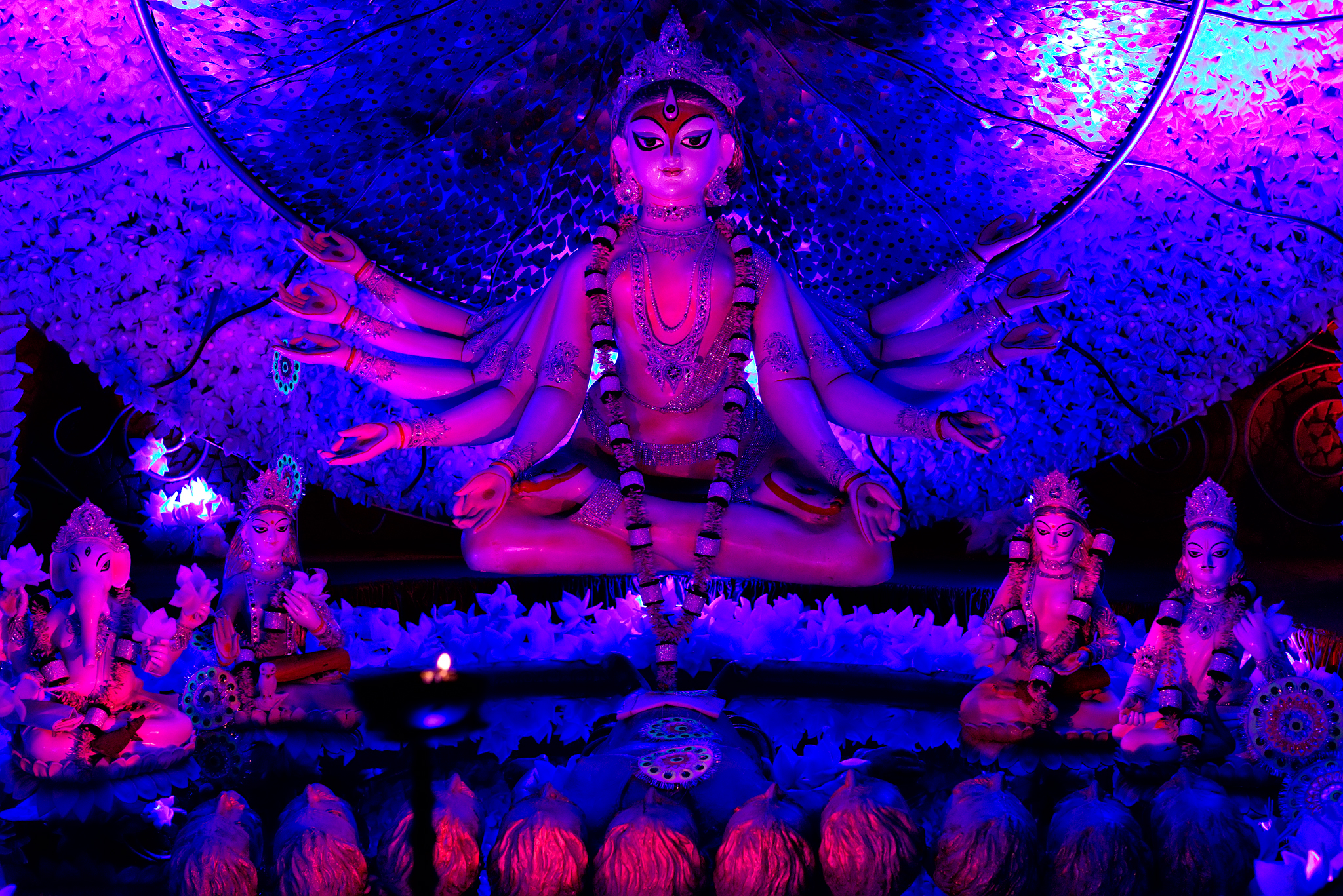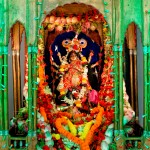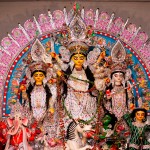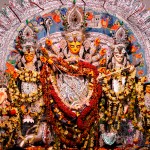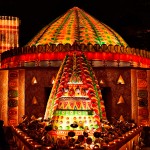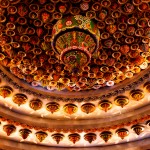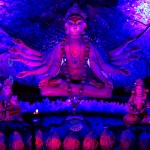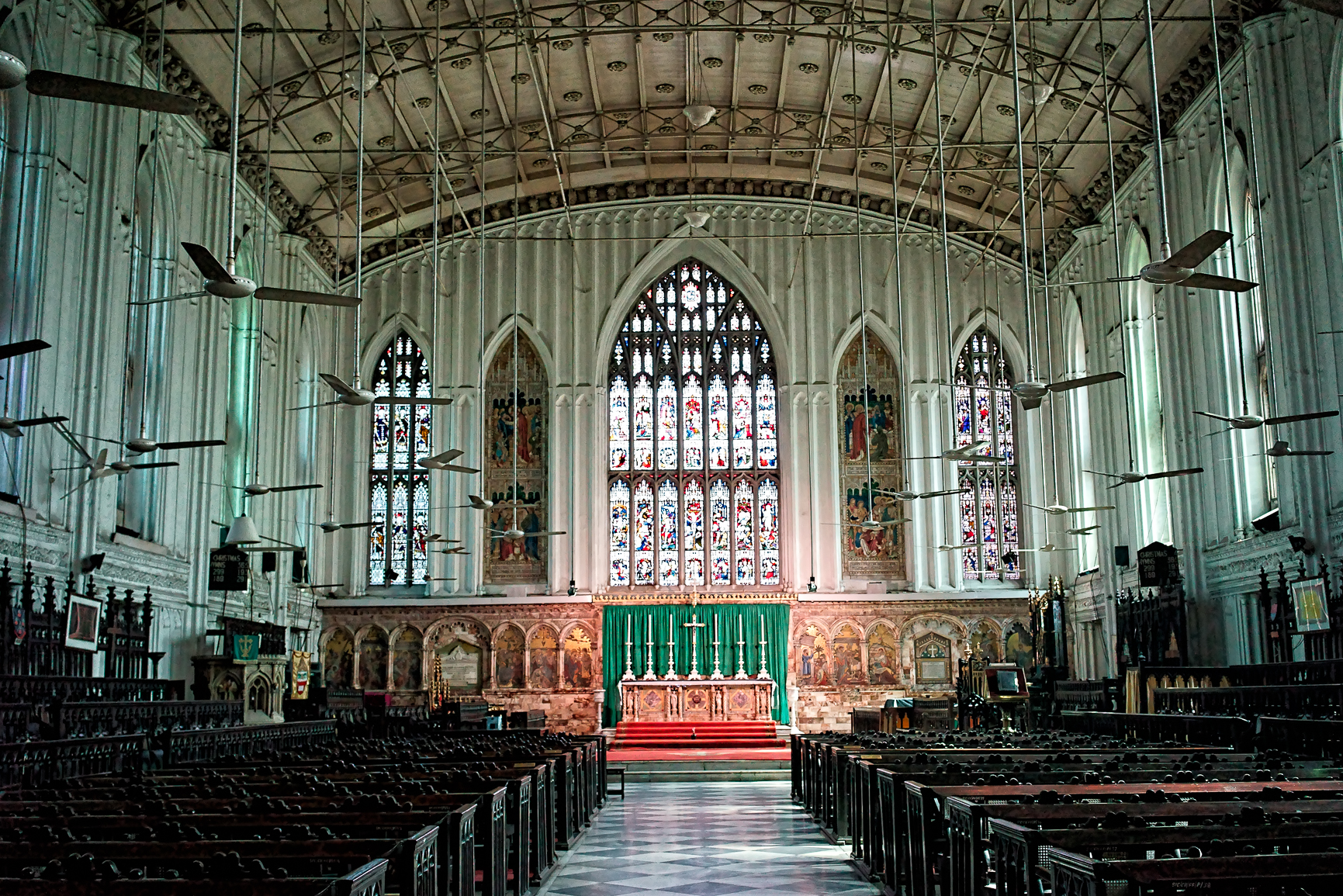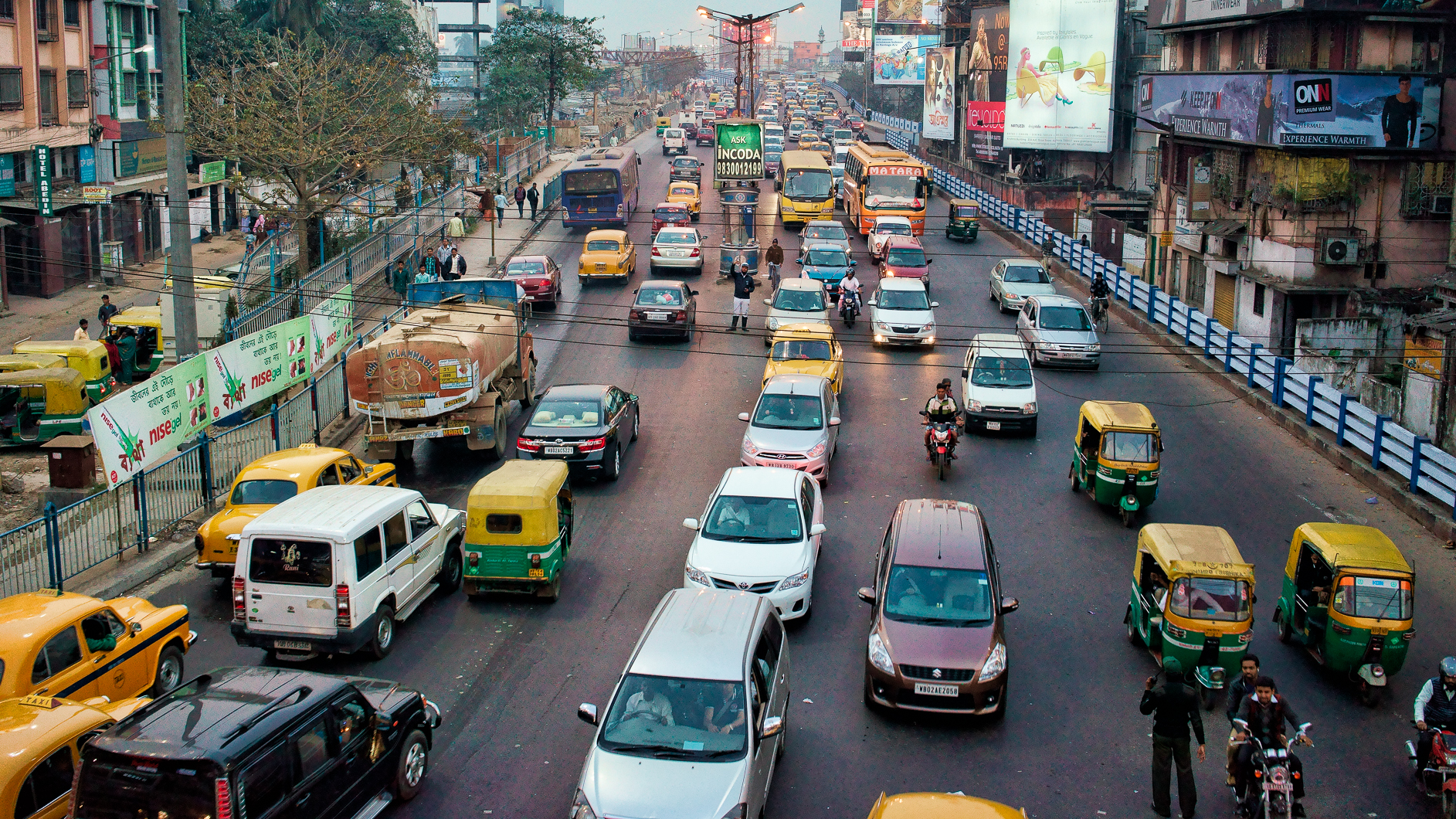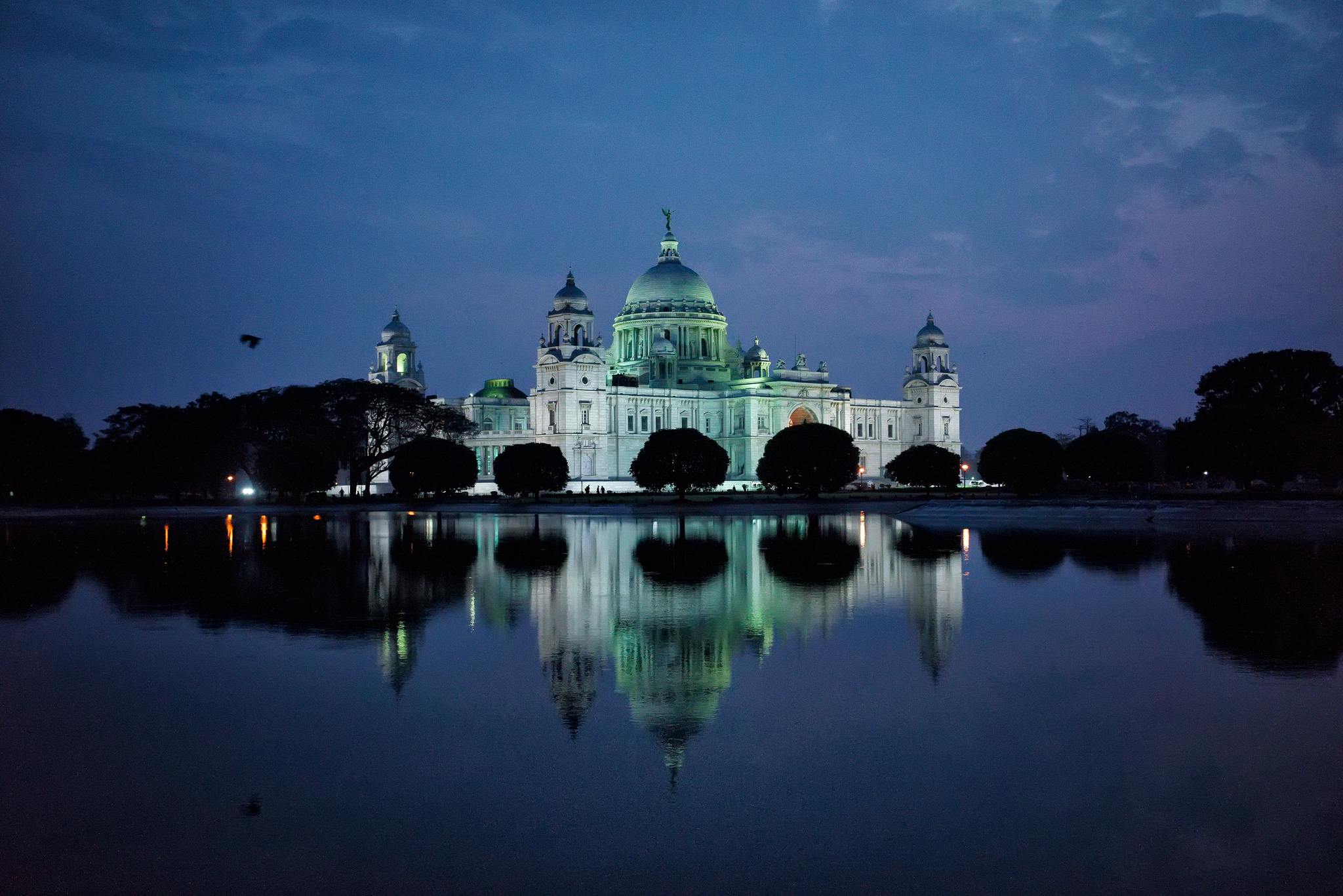Durga, meaning “the invincible,” is the most popular incarnation of Devi (the female aspect of the divine). Durga is worshipped with much reverence in quite a few states in India with the four-day-long Durga Puja being the biggest annual festival.
The actual worship of the Goddess Durga as stipulated by the Hindu scriptures falls in the month of Chaitra, which roughly overlaps with March or April and is called Basanti Durga Puja. This ceremony is only observed by a few in the states of West Bengal, Assam, and Tripura. The more popular form, which is known as Sharadiya (autumnal) Durga Puja, is celebrated later in the year with the dates falling either in September and/or October and is celebrated not only in India but all over the work. However, I think the grandeur with which it is celebrated in Kolkata (where the first such puja was organized in the 1750s) is unmatched, where the “bonedi” (traditional privately organized family puja) and “barowari” (modern publicly organized puja) mixes to form a heady concoction that can easily overwhelm the senses.
I was fortunate enough to witness this grandeur after almost six years.
